Another Revolution: Moscow and Avant-Garde Photography This event is now over
Visions of Communism
Curator Valeria Carullo explored modernist Russian photography and its relation to architecture in the final part of the Imagine Moscow Lecture Series.
What to expect
The Russian Revolution and its cultural aftermath represents one of the most significant moments in our architectural and design history. Now one hundred years on, this lecture series explores the design and wider cultural context of that time, as well as its impact on the present.
In this lecture, Curator Valeria Carullo explored how the practice of photography was transformed by modernist Russia. Focusing on photography and its relationship to architecture, this lecture unpacked the complex relationship between the image, the city and politics.
Imagine Moscow: Lectures on Russian Design is produced in partnership with GRAD Gallery.
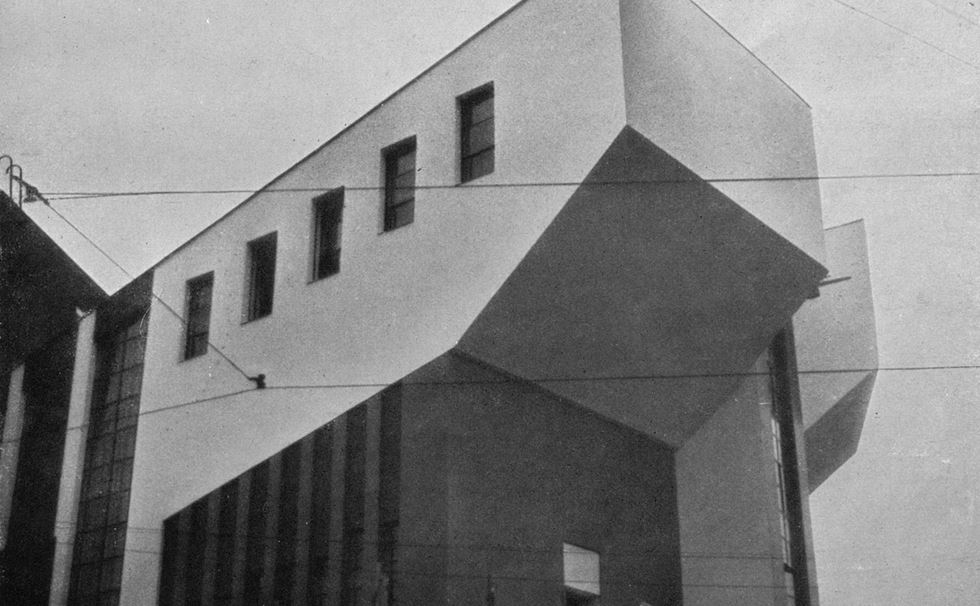
Image courtesy of RIBA
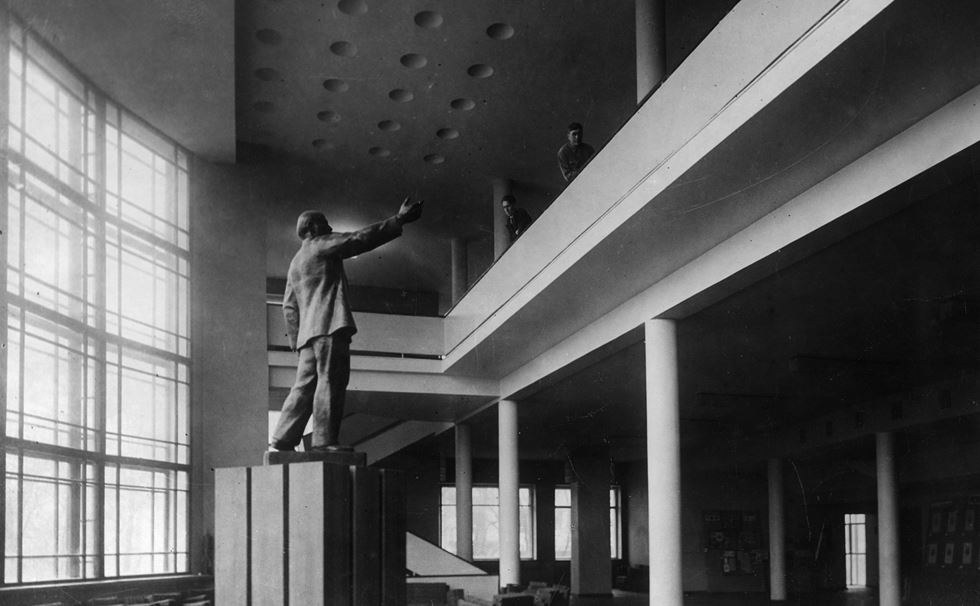
Image courtesy of RIBA
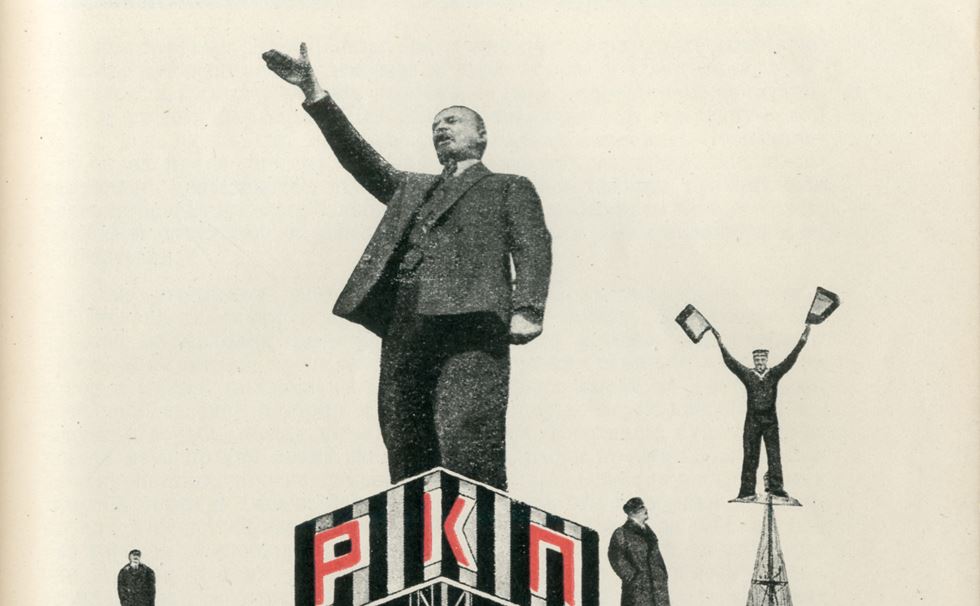
Gustav Klutsis, Photomontage, lithography on paper, 1924, Ne boltai! Collection
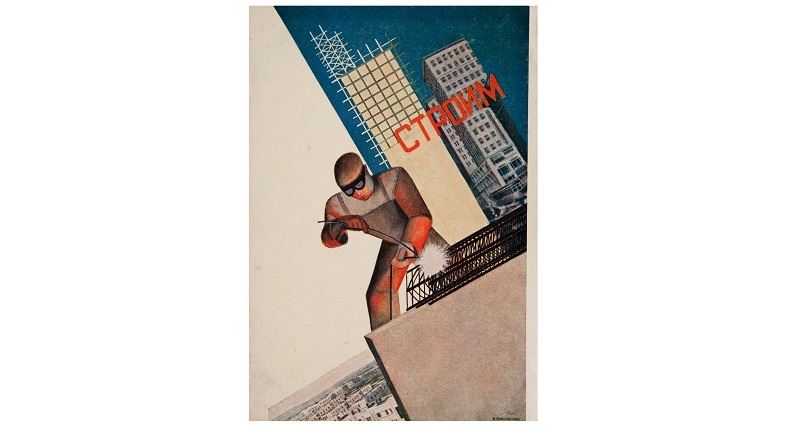
Valentina Kulagina, We Build, 1930's, Ne boltai! Collection
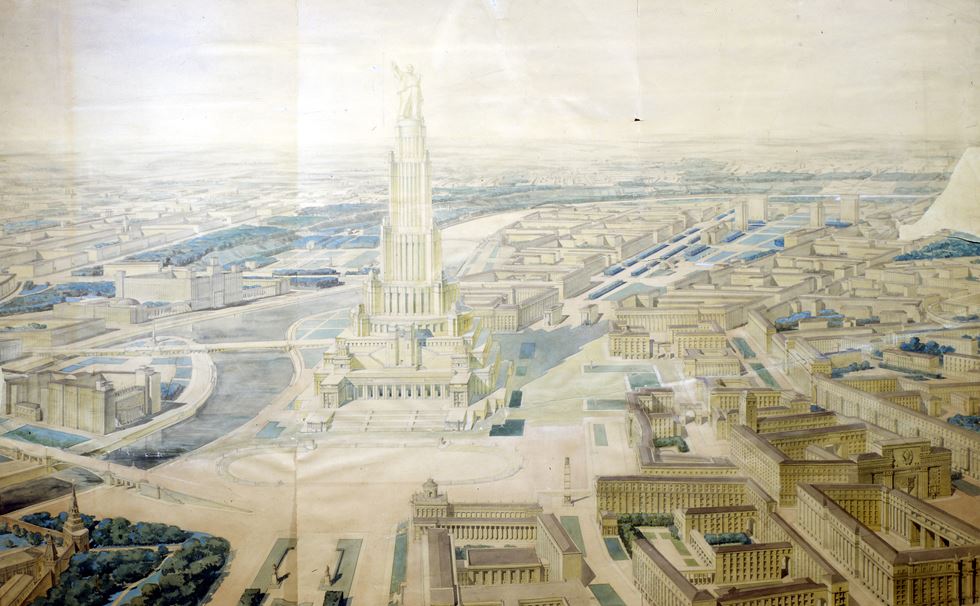
Palace of the Soviets, Schusev State Museum of architecture
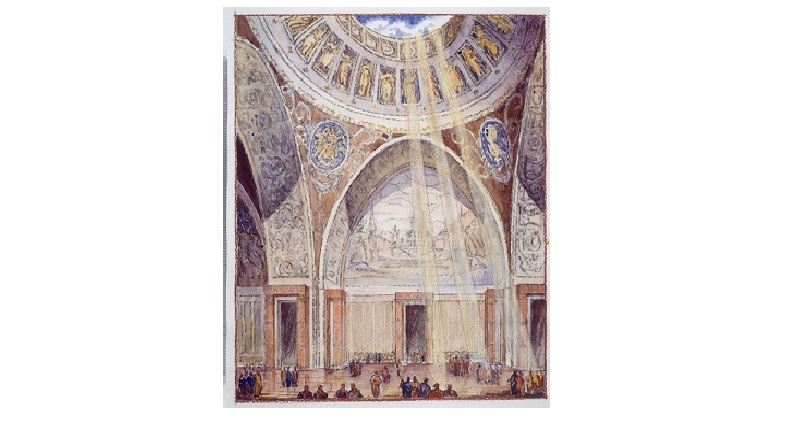
Boris Iofan, Vladimir Shchuko and Vladimir Gelfreikh, Palace of the Soviets, 1944, pastel, watercolour, charcoal, pencil, paper. Tchoban Foundation
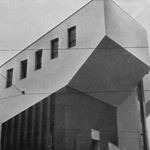
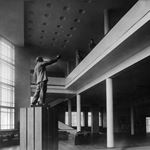

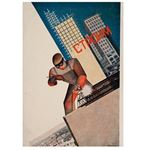

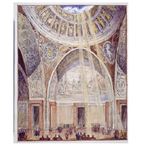
Booking information
Adult £10, student/concession £7.50, Members £9
For a five day priority booking period Members have access to a limited number of tickets that are available at a 10% discount before tickets go on general release.
Speakers
Valeria Carullo
Valeria Carullo is curator of photography at the Royal Institute of British Architects. Her background includes an MA in architecture and an extended collaboration with architectural photographer Richard Bryant. Valeria has curated exhibitions at the RIBA and other cultural institutions, given numerous talks and written several articles on both architecture and photography.
Related exhibition
Background image: Courtesy of RIBA
